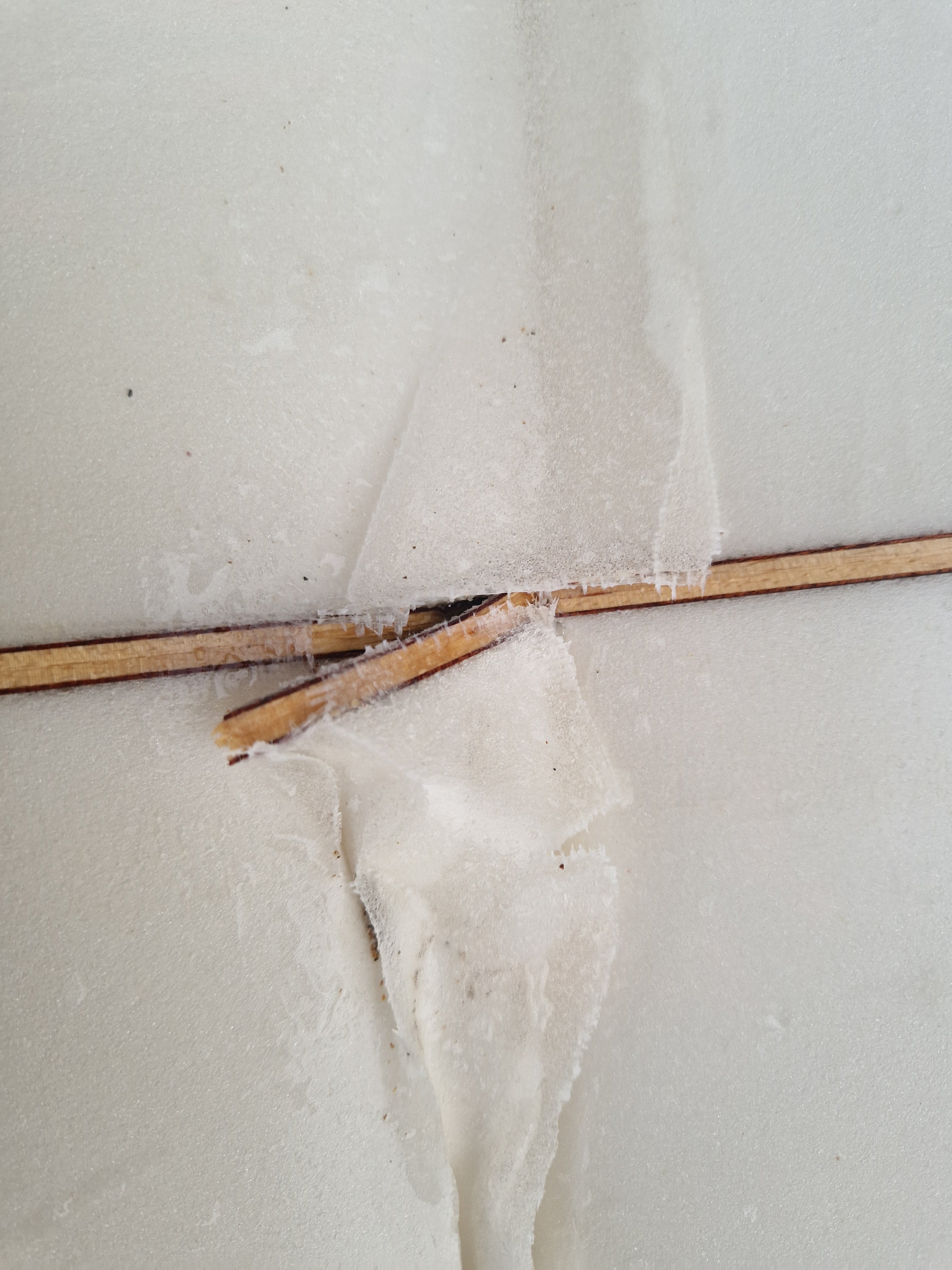trying one with more a slope today, open to any feedbacks like what i should work on and focus next 🙏🏻🙌🏼
(always forgeting the coffee cup in the beginning, until i watch the vid 🥲)
trying one with more a slope today, open to any feedbacks like what i should work on and focus next 🙏🏻🙌🏼
(always forgeting the coffee cup in the beginning, until i watch the vid 🥲)
Been trying to lean as much as possible but still looking very awkwarddd, appreciate any feedbacks or tips to help with this 🙏🏻
I have 4 spots available for a potential Mentawais early season trip from 16-26 March. These go super fast. Let me know asap!
Hey Clayton Nienaber and community, looking for any feedback on this cruisey wave. The one thing I keep noticing is my posture and not happy with my walk-up — I notice I keep standing slightly side-on. Any suggestions on that, or anything else in my surfing that I’m missing or can improve is always welcome. Yeww!
Hi community ! looking for advice on improving my surfing any feedback is welcome thanks 🙏🏽
Found this in my iMovies. Never posted it. Went with my son's to an Advanced session at Urbnsurf. No surfboard for me. Here's why?






Better a bad day in the water than a good day in the office 🤣🏄♂️
Clayton Nienaber Perhaps it's time to shut down the https://community.ombe.co site as it's getting virtually no usage now apart from spammers trying to flog crap clothing etc.
Also it appears to only be accessible from the web, the app just keeps saying that I need to update it, but there's no update available for it in Google Play Store.
Rarely watch youtube videos. But today I stumbled upon this clip. Brought a smile to my face. Awesome. Hope it does the same for the community
Hi, looking for some feedback to improve my surfing, any comment is welcomed. In this particular case I lost speed and failed when trying to go back to the pocket. Thanks for the help